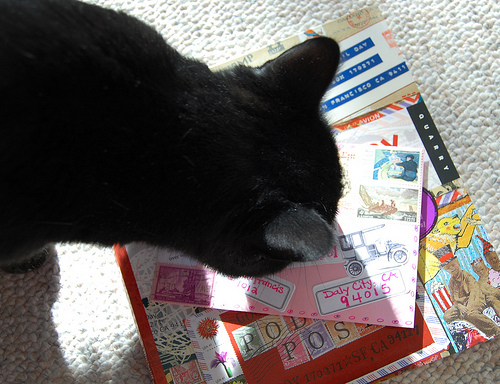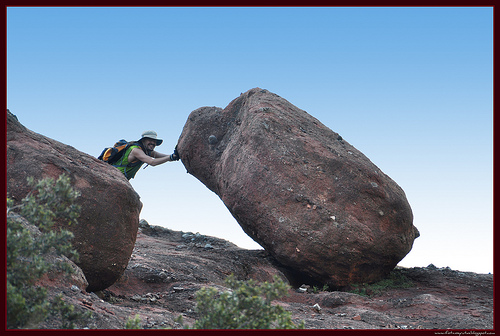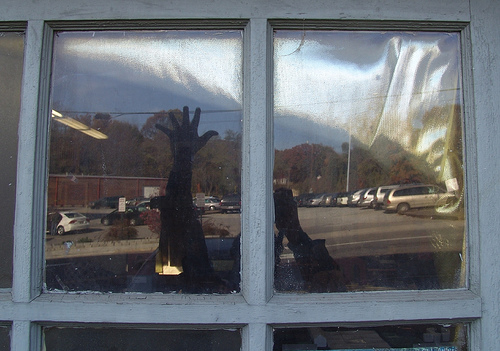4 Ways to Use Humor in Your Fiction
Humor is one of the most diverse tools in the writer’s toolbox, making it unfortunate that so few people make…

Humor is one of the most diverse tools in the writer’s toolbox, making it unfortunate that so few people make…

Today’s guest post comes from writing instructor Amanda Guest, who is the Community Manager for FastPencil, a site that helps…

Sol Stein, the famous editor, author, and writing instructor, has a very short chapter in his classic book Stein on…

When choosing settings for your scenes, you want to think about the kinds of places that will allow the emotions,…

Have you ever read a great book that carries you all the way to the end, and then the ending…

Earlier in the year I covered some tips about creating scenes, and most particularly in discussion about your novel’s first…

We all need a supporting cast in our novels. Secondary characters have to be in there, unless your book is…

Last week I dove into bad guys in your fiction. Before you say you don’t have a clear antagonist in…

We’ve been exploring characters in novels these past week. Today, I want to take a little bit of time talking…

Subscribe to my email blasts to level up your writing and be notified of upcoming events and offers!
No products in the cart.